2018 Sea-Doo RXT 230 Review
The 2018 Sea-Doo RXT 230 is among the most stable PWC the industry has ever seen and features some unique BRP-designed technology.
Engine: 1,494cc three-cylinder
Fuel Capacity: 15.9 gal.
Stowage Capacity: 27 gal.
MSRP: $13,799
Out with the old, in with the new. The 2018 Sea-Doo RXT 230 may feature a familiar name, but the craft has gotten quite the makeover for 2018. Some of the features, as the name would imply, are performance-oriented, but others make the craft far more versatile for those times when you’re not jamming the throttle. It’s performance…with a plus.
Strike that. It’s performance…with a LOT of pluses.
The Performance
Working our way from the bottom up, let’s first check out the hull. Elements of the agile RXP-X’s T3 design have been brought into the mix to improve the craft’s cornering ability. Crank the bars, in calm or rough water, and the 2018 Sea-Doo RXT 230 now responds much like its smaller sibling, with an aggressive precision that performance riders will appreciate. Equal thought was given to stability, and the craft’s handling in rough, open-water conditions. It’s safe to say this is probably Sea-Doo’s best rough-water design to date. Yes, it can be a little wet at times, but it’s powerful and precise, maintaining its line with absolute authority and never shying away from the waves.
The footprint is shorter and wider. The width of the boat has stretched 1.5”, mostly due to an additional chine that improves the boat’s presence underway but also greatly improves the craft’s stability at rest. Weight comes in at a mere 805 pounds, not bad for a 135.9” x 49.4” monster.
Much of that weight loss comes courtesy of the new two-piece, ErgoLock saddle. Sea-Doo radically re-envisioned the RXT top deck, giving it a lower center of gravity and a more streamlined profile. The former gas-shock-assisted saddle was shelved in favor of the new two-piece design that sinks the rider 1.5” lower than before and passengers a full 3”. Performance-minded riders can make the craft even lighter by removing the latter third of that saddle, leaving only the sculpted ErgoLock perch to cradle the driver. And by remove, we mean the entire saddle and base. Pull two levers and the assembly lifts away, effectively making the 2018 Sea-Doo RXT 230 a big, even lighter weight solo machine.
As to the engine, below that saddle of the 2018 Sea-Doo RXT 230 sits the 1,494cc ACE 1500 introduced in 2017. New additions for ’18 include a more streamlined, simpler Closed Loop Cooling System, more efficient ride plate design for cooling purposes, larger oil cooler and sacrificial anode in the intercooler. Top speed easily surpassed the 67 mph mark on this pre-production unit; expect an easy 67 mph (or more depending on weight and conditions) in production.
Radical Redesign
Long story short, performance and handling are superior to the previous RXT but performance isn’t Sea-Doo’s whole story for 2018…even on the RXT. Equal thought has been given to what you can do with that craft when not making like Johnny Racer.
Sea-Doo takes advantage of the newfound stability below the waterline to try some new ideas above. Check out the swim platform. It’s immense, 366 square inches, in fact. Remove the aforementioned saddle and it gets even bigger. The idea? To make that deck area work as a casting platform when fishing, a sunpad when lounging, even a picnic area if you wish. That deck (with saddle on or off) also houses Sea-Doo’s LinQ accessory cleats, molded pop-up mounts that lift out of the flush surface to anchor a variety of interesting new accessories, including a 4-gallon fuel caddy, 4.2-gallon ice chest, or 5.5-gallon semi-rigid storage caddy with dry bag. Accessories easily clip into place via sturdy cam-style locks. The storage caddy can also be stacked atop the fuel caddy to double up. Like the removable saddle, each secures solidly with little if any play. The system has been proven previously on BRP’s snow and ATV lines. Also on the deck of the 2018 Sea-Doo RXT 230 is a spot for a redesigned tow pylon likewise designed to easily pop in and out.
More innovation is found forward. Rather than the conventional bow storage compartment, Sea-Doo has flipped the script, making the entire handlebar assembly and base now the “lid” for a new storage area directly in front of the driver. Gone are the days of stretching over the handlebars and reeeeeeeeaaaaaching deep into the bow tub to get items when underway. Now, pull two release levers and the entire console lifts up, leaving everything within the storage below accessible from a seated position. Capacity is lower, down to 27 gallons, but I found the convenience and placement of the storage makes the downsizing virtually a non-issue. And like LinQ accessories, it’s solid. I found little-to-no play in handlebars or the “lid” base.
One minor downside? The former glovebox is reduced to a small compartment with padded waterproof phone case. It’s handy, but I wish it was big enough for at least a bottle of water. It does, however, securely house your phone, the music source for Sea-Doo’s optional Bluetooth audio system. It’s a mere $700 upgrade.
The Rest Of The Story…
The remaining highlights of the 2018 Sea-Doo RXT 230 include the Intelligent Brake & Reverse system, equally beneficial at the dock or launch ramp as well as high speed; multiple acceleration profiles, including a tamer Touring mode, a more aggressive Sport profile, and a fuel-saving ECO mode; cruise control and no-wake mode; fast acting electronic trim with presets; and five-position tilt steering with newly designed toggle “pads” for manipulating acceleration modes, setting cruise control speeds, etc.
Comparison shopping? No competitor has gone to this extent with at-rest stability, storage options and removable saddle, but there are other performance craft at this price point that likewise excel in rough conditions. Yamaha’s identically priced FX Cruiser HO ($13,799) reveals Yamaha’s longstanding prowess in rough water, the benefits of RiDE dual throttle control for slow-speed maneuvering and rapid deceleration, and cruise control and no-wake features. Kawasaki doesn’t really offer a competitor at this price point, but the Ultra 310X ($15,299) offers greater horsepower and an excellent rough-water hull design, if few frills beyond cruise control and no-wake mode.
Get PersonalWatercraft.com in your Inbox!
Like PersonalWatercraft.com on Facebook
Comments
Most Popular

2025 Yamaha JetBlaster PRO 2-Up Review

Remembering the Sea-Doo XP

2024 Kawasaki Jet Ski STX 160X Review

Whatever Happened to the Wetbike?

2025 Yamaha JetBlaster Review




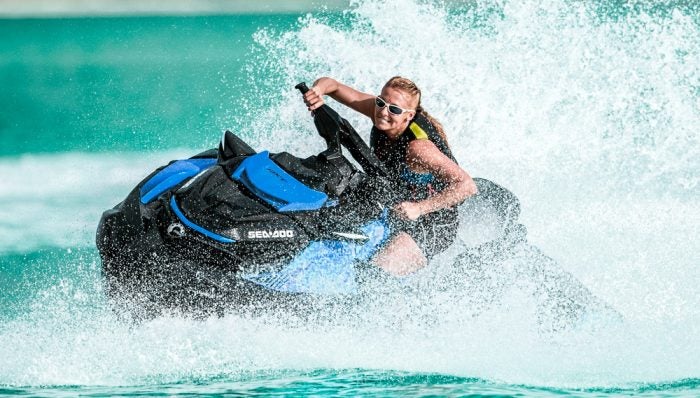
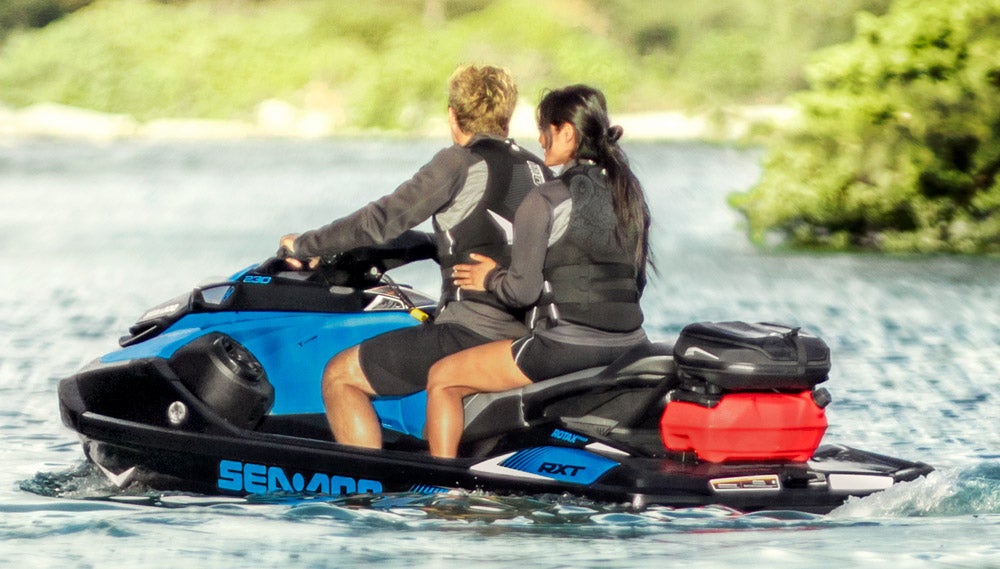
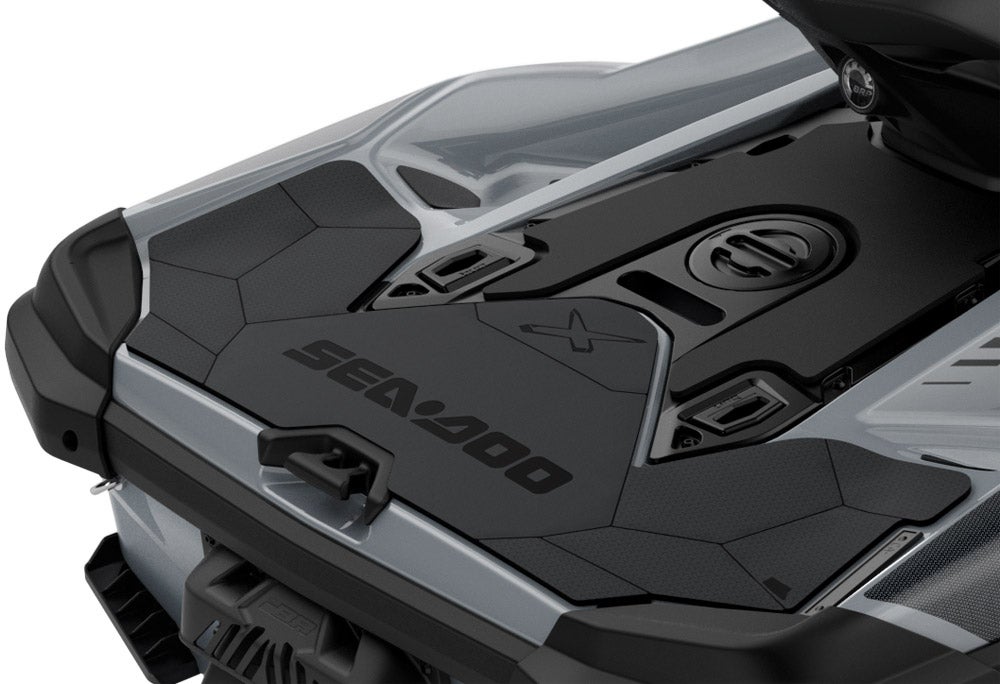
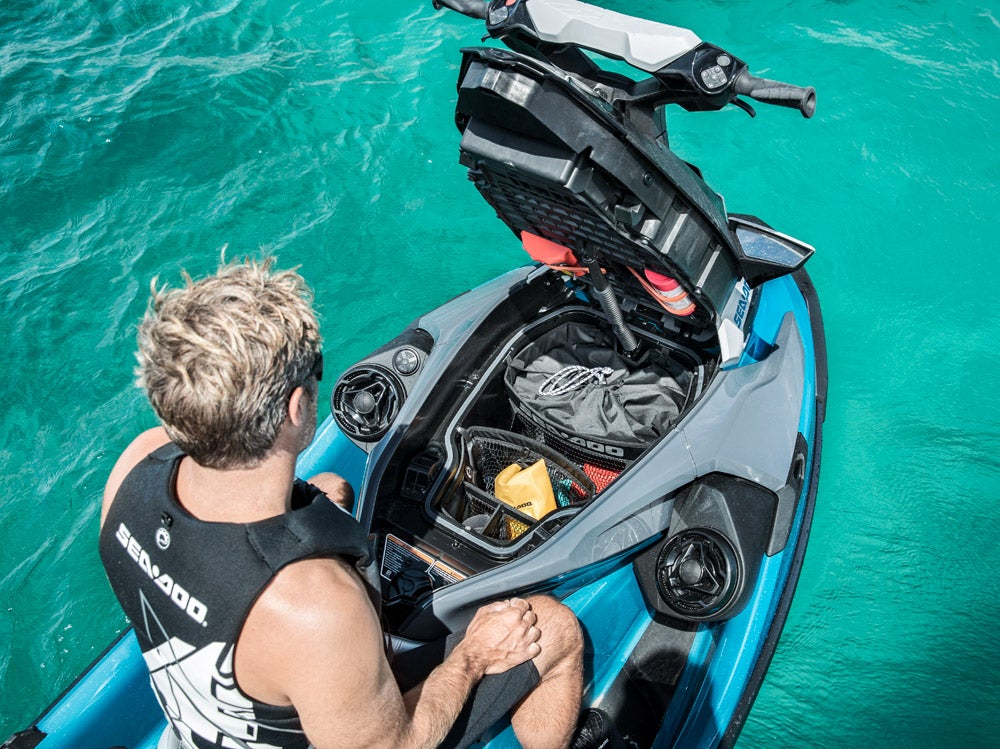
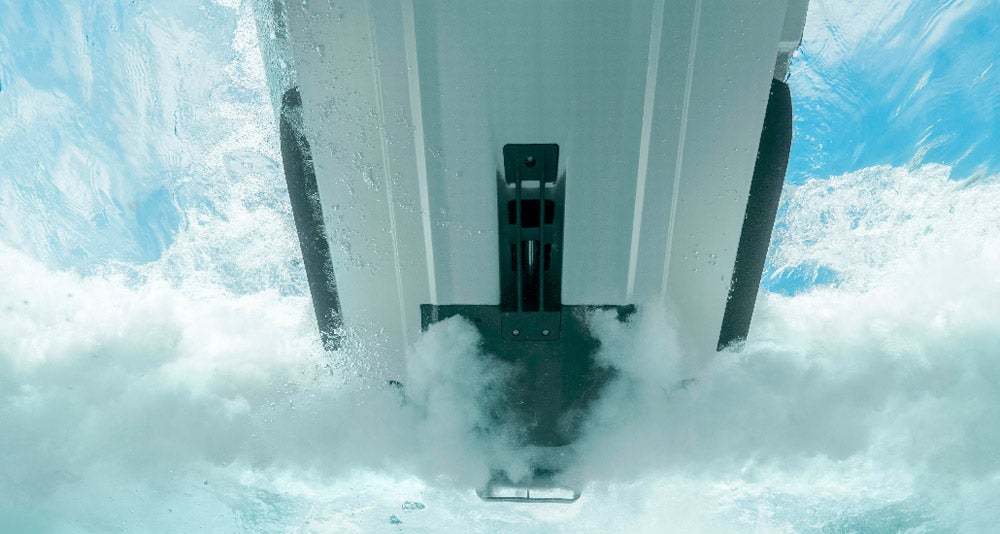
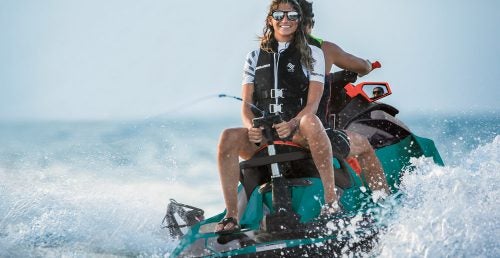








 Your Privacy Choices
Your Privacy Choices